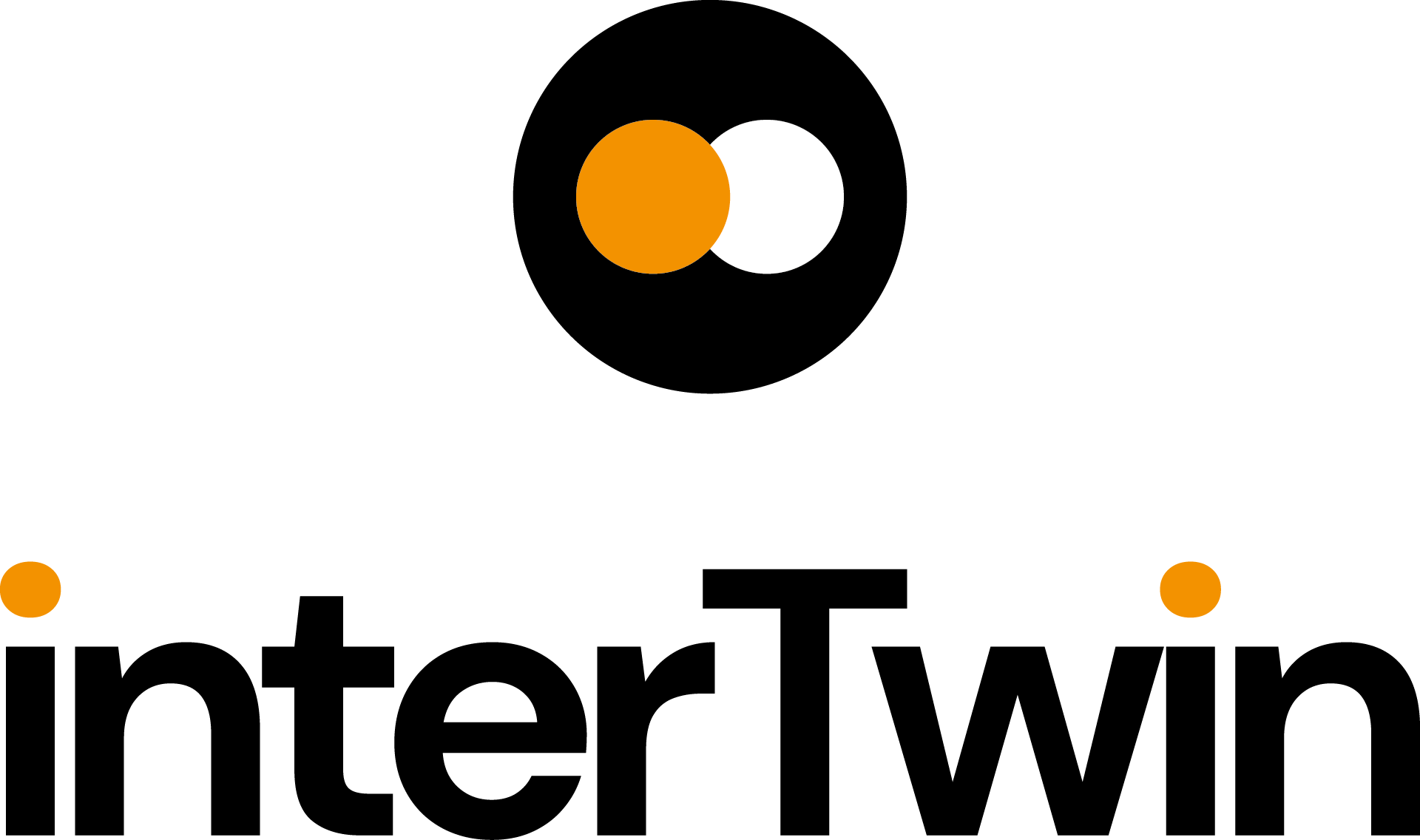Teapot is an easy-to-install edge service that a facility may deploy to provide remote access to their storage, in order to facilitate data ingress and egress. Its main advantage over existing solutions is its ability to provide access to existing storage, integrating with existing workflows. This is achieved by identifying incoming requests against existing users of a facility, and honouring the file-system permissions already in place. No modification to the storage is needed of the storage to support this access.
Teapot supports direct data transfers (uploads and download) with various publicly available clients. It also supports site-to-site file transfers, as initiated and monitored by FTS.

